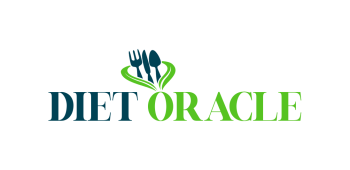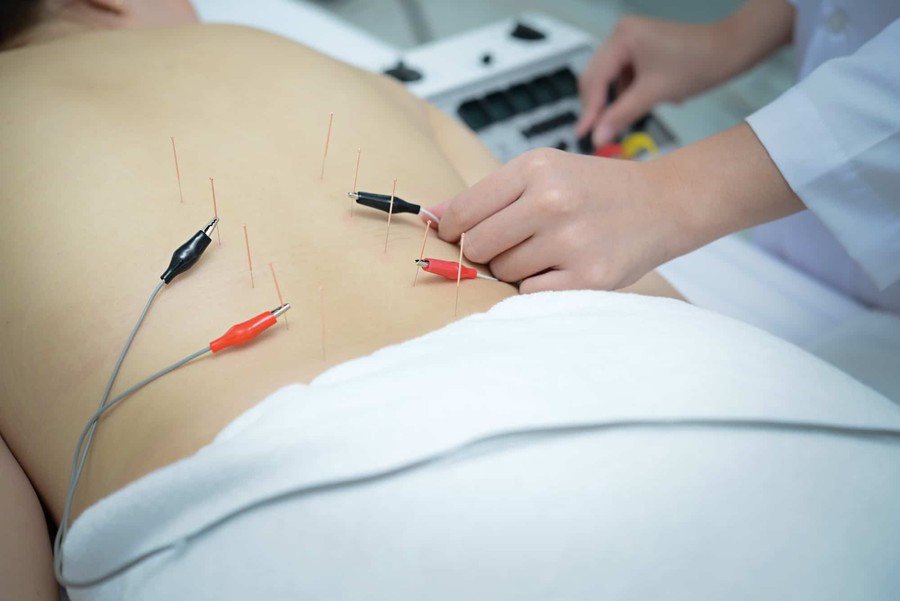Electroacupuncture is quickly becoming one of the most talked about advancements in modern acupuncture practice. Combining traditional Chinese medicine with gentle electrical stimulation, it offers practitioners a powerful tool for pain relief, muscle recovery and nerve activation.
While the concept might sound complex, electroacupuncture is surprisingly easy to integrate into a clinic ,provided the right equipment, setup and safety procedures are in place.
What Is Electroacupuncture?
Electroacupuncture works much like traditional acupuncture, with the key difference being that small electrical impulses are passed between pairs of needles. These pulses stimulate specific points more consistently than manual needle manipulation alone.
The intensity and frequency of the current can be adjusted depending on the patient’s condition and treatment goals. Typically, the current is mild and produces a rhythmic tingling sensation- comfortable and non invasive for most patients.
This method is commonly used to enhance pain management, support musculoskeletal recovery and improve circulation.
The Benefits for Practitioners and Patients
Many acupuncturists and physiotherapists are adopting electroacupuncture because of its versatility and clinical efficiency. Some of the most notable benefits include:
- Enhanced Pain Relief: The low level electrical stimulation promotes the release of endorphins, helping to manage both acute and chronic pain.
- Improved Muscle Function: Particularly useful in sports therapy and rehabilitation, electroacupuncture can help re activate weak or injured muscles.
- Consistency: Electrical impulses maintain a steady level of stimulation, reducing fatigue for practitioners during longer sessions.
- Customisable Treatments: Modern electrotherapy units allow fine tuning of pulse width, frequency and intensity for more targeted results.
By integrating electro therapy acupuncture, practitioners can expand their treatment offerings and appeal to a wider client base seeking modern, evidence supported care.
Essential Equipment for Getting Started
To practice electroacupuncture safely and effectively, practitioners need a reliable electro therapy acupuncture unit with compatible lead wires and electrodes. Machines designed specifically for acupuncture ensure precise control and safety during use.
Clinics should also invest in quality acupuncture needles that are suitable for electrical conduction, often stainless steel types and connecting clips that securely attach to the needle handles.
Safety and Best Practices
As with any treatment involving electrical stimulation, safety and patient comfort come first. Key considerations include:
- Always use single use sterile needles.
- Check all cables and connectors for wear or damage before each session.
- Begin with the lowest intensity setting and gradually increase as needed.
- Avoid using electroacupuncture on patients with pacemakers or certain neurological conditions unless medically cleared.
- Clearly explain sensations and expectations to patients before beginning.
Proper equipment care and clear communication are just as important as technique in ensuring effective, safe outcomes.
Frequently Asked Questions
Is electro therapy acupuncture safe?
Yes, when performed with proper training and high quality equipment, electroacupuncture is safe and well tolerated. The current used is extremely low and adjusted for each patient’s comfort.
What conditions can electroacupuncture treat?
It’s often used for chronic pain, muscle tension, nerve issues, joint stiffness and sports recovery. Many practitioners also use it for stress relief and circulation support.
Do I need special training to use electroacupuncture equipment?
Practitioners should have a background in acupuncture or related therapy and receive training on safe use of electrical stimulation devices before offering treatment.
Can electroacupuncture be used with other treatments?
Yes, it can complement physiotherapy, massage, or traditional acupuncture as part of a holistic treatment plan.
Final Thoughts
Electroacupuncture is no longer a niche technique, it’s an essential part of many professional therapy settings. With proper understanding, equipment and patient care, it can elevate the standard of treatment while staying true to the roots of acupuncture practice.

